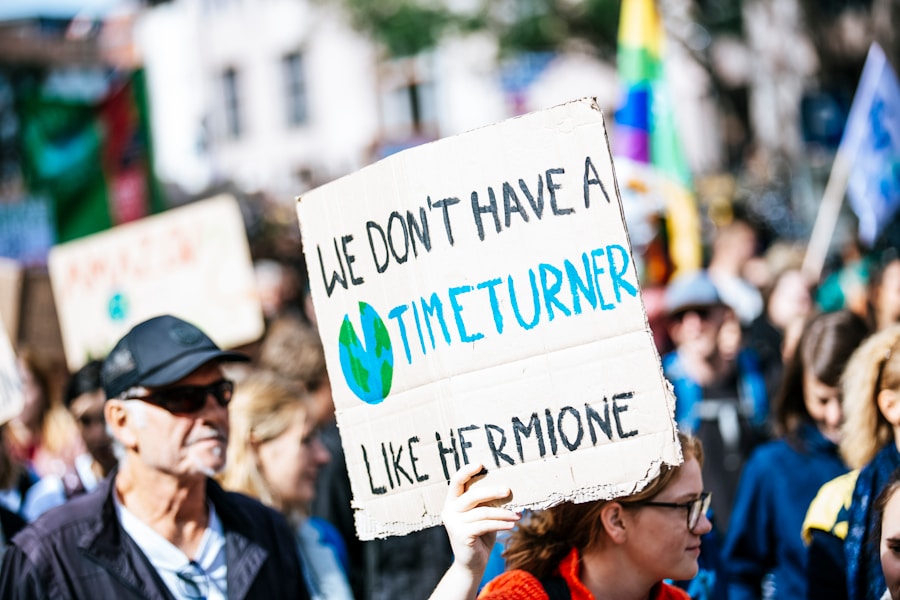Laser hair removal is a popular cosmetic procedure that uses concentrated beams of light to remove unwanted hair. The process works by targeting the pigment in the hair follicles, which absorbs the light and destroys the hair. This results in a permanent reduction in hair growth over time. The procedure is safe and effective for most skin types and can be used on various parts of the body, including the face, legs, arms, and bikini area.
During the treatment, a handheld device is used to deliver the laser energy to the targeted area. The procedure may cause some discomfort, but most patients find it tolerable. Multiple sessions are usually required to achieve the best results, as hair grows in different cycles and the laser can only effectively target hair in the active growth phase. It’s important to consult with a qualified and experienced practitioner to determine the number of sessions needed for your specific hair type and skin tone.
Preparing for Laser Hair Removal Treatment
Before undergoing laser hair removal treatment, there are several steps you can take to prepare for the procedure. First, it’s important to avoid sun exposure and tanning beds for at least six weeks prior to treatment, as this can increase the risk of complications and reduce the effectiveness of the laser. Additionally, you should avoid plucking, waxing, or electrolysis for at least six weeks before treatment, as these methods can disturb the hair follicle and interfere with the laser’s ability to target the hair.
It’s also important to shave the treatment area the day before your appointment. This helps ensure that the laser energy is focused on the hair follicle rather than the surface of the skin. Finally, it’s important to follow any specific instructions provided by your practitioner, such as avoiding certain medications or skincare products that could increase sensitivity to the laser. By taking these steps to prepare for your laser hair removal treatment, you can help ensure the best possible results and minimize the risk of complications.
Post-Treatment Care Instructions
After undergoing laser hair removal treatment, it’s important to follow specific care instructions to promote healing and minimize discomfort. In the days following your treatment, you may experience some redness and swelling in the treated area. This is normal and should subside within a few days. To help reduce these symptoms, you can apply a cold compress or ice pack to the area for short periods of time.
It’s also important to avoid sun exposure and tanning beds for at least a week after treatment, as your skin may be more sensitive to UV rays. Additionally, you should avoid hot showers, saunas, and strenuous exercise for at least 24 hours after treatment to minimize irritation. Finally, it’s important to keep the treated area clean and moisturized to promote healing and prevent infection. Following these post-treatment care instructions can help ensure a smooth recovery and optimal results from your laser hair removal treatment.
Managing Discomfort and Redness
While laser hair removal is generally well-tolerated, some patients may experience discomfort and redness following treatment. If you experience these symptoms, there are several steps you can take to manage them and promote healing. Over-the-counter pain relievers such as ibuprofen or acetaminophen can help reduce discomfort and inflammation. Additionally, applying aloe vera gel or a gentle moisturizer to the treated area can help soothe redness and irritation.
If you experience more severe discomfort or prolonged redness, it’s important to contact your practitioner for further guidance. They may recommend using a topical corticosteroid cream or other prescription medication to help manage these symptoms. It’s also important to avoid picking or scratching at the treated area, as this can increase the risk of infection and interfere with healing. By taking these steps to manage discomfort and redness after laser hair removal treatment, you can help ensure a smooth recovery and optimal results.
Hygiene and Skincare Tips
Proper hygiene and skincare are important aspects of maintaining healthy skin after laser hair removal treatment. It’s important to keep the treated area clean and dry to prevent infection and promote healing. You should also avoid using harsh or abrasive skincare products on the treated area, as these can irritate the skin and interfere with healing. Instead, opt for gentle cleansers and moisturizers that are free of fragrances and other potential irritants.
In addition to proper hygiene, it’s important to protect your skin from sun exposure by using sunscreen with a high SPF. This is especially important in the weeks following your laser hair removal treatment, as your skin may be more sensitive to UV rays. By following these hygiene and skincare tips, you can help ensure that your skin remains healthy and free from complications after laser hair removal treatment.
Avoiding Irritation and Ingrown Hairs
After undergoing laser hair removal treatment, it’s important to take steps to avoid irritation and ingrown hairs in the treated area. To prevent irritation, you should avoid wearing tight clothing that could rub against the skin and cause friction. You should also avoid using harsh exfoliants or scrubs on the treated area, as these can irritate the skin and interfere with healing.
To prevent ingrown hairs, it’s important to keep the treated area moisturized and exfoliated. This can help prevent dead skin cells from clogging the hair follicles and causing ingrown hairs. Additionally, you should avoid picking or scratching at any ingrown hairs that may develop, as this can increase the risk of infection and scarring. By taking these steps to avoid irritation and ingrown hairs after laser hair removal treatment, you can help ensure that your skin remains smooth and healthy.
Long-Term Maintenance and Follow-Up Treatments
While laser hair removal offers long-lasting results, some patients may require follow-up treatments to maintain optimal results. The number of follow-up treatments needed will depend on factors such as your hair type, skin tone, and hormonal changes. It’s important to consult with your practitioner to determine a long-term maintenance plan that meets your specific needs.
In addition to follow-up treatments, it’s important to continue practicing proper skincare and hygiene to maintain healthy skin after laser hair removal. This includes using sunscreen with a high SPF to protect your skin from sun damage and avoiding harsh skincare products that could irritate the treated area. By following these long-term maintenance tips and attending any necessary follow-up treatments, you can help ensure that your skin remains smooth and free from unwanted hair for years to come.
In conclusion, laser hair removal is a safe and effective way to achieve long-lasting reduction in unwanted hair growth. By understanding the process, preparing for treatment, following post-treatment care instructions, managing discomfort and redness, practicing proper hygiene and skincare, avoiding irritation and ingrown hairs, and attending long-term maintenance and follow-up treatments, you can achieve optimal results from your laser hair removal treatment. With proper care and maintenance, you can enjoy smooth, hair-free skin for years to come.






